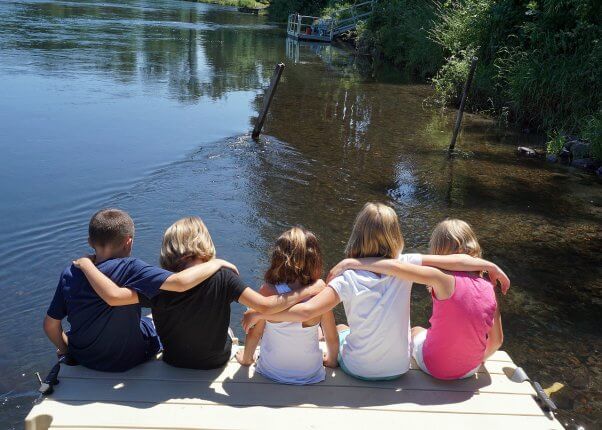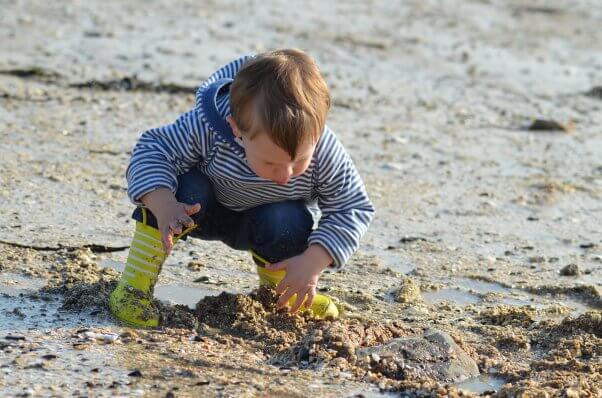Educational Hotspots for Students This Summer
Whether your students are enjoying summer break or working hard in summer school, it’s important to keep their minds busy all summer long. TeachKind is here to provide a list of educational hotspots that engage students in various subjects while promoting kindness to animals. Be sure to avoid captive-animal attractions touted as educational experiences.
Also, make sure you check out TeachKind’s Compassionate Summer Activities Calendar, which includes over 50 engaging activities to get students moving, thinking, and practicing the Golden Rule while school is out.

Humane Educational Hotspots
The Library
While students are browsing the stacks, have them participate in a scavenger hunt to see how many humane titles they can find. After they’ve located a few, have them read three of their favorites. If the library provides access to a computer and the internet, they can visit PETAKids.com for games, comics, quizzes, and much more.
Museums
Have students visit a local museum to expand their world in new ways. They can learn about art, history, and much more without exploiting any animals.
Botanical Gardens
Have students take the time to stop and smell the roses at the nearest botanical garden. Often, native wildlife can be observed there. Students can learn all about the behavior of insects—for example, Western Monarch butterflies cling to milkweed plants when they’re laying eggs. Students can learn about all the different ways that plants provide for certain animals. Be sure to have them steer clear of any butterfly exhibits that showcase non-native species—these are exploitative.
The Beach
Students could spend a summer day or two at the beach. While there, have them observe the behavior of crabs, gulls, and other inhabitants (without bothering them) and the interesting ways they live. Emphasize the importance of keeping our beaches clean, and encourage them to pick up any trash they see, which can harm animals.
Animal Sanctuaries
Have students and their parents visit the Global Federation of Animal Sanctuaries website to see if there’s an accredited animal sanctuary in the vicinity. If so, they’ll be able to learn why the animals needed to be rescued and see how legitimate sanctuaries provide animals with safe, comfortable living conditions that give them as natural a life as possible. If there aren’t any sanctuaries nearby, suggest that they embark on a virtual field trip to watch animals all over the world in real time.
Their Own Backyard
From gazing at the stars to setting up a tent, your students can transform their own backyard into an outdoor classroom. They can keep a journal on the animals who have made their home there, recording all the sights and sounds and interesting activities of their winged and furry neighbors.

Be sure to impress upon your students the importance of avoiding animal-based attractions, such as aquariums, roadside zoos, circuses, etc. These sorts of enterprises mislead young minds into believing that it’s acceptable to use animals for entertainment without any respect for their needs and desires.
Exposing students to captive-animal displays is antithetical to the development of empathy. Even the best artificial environments can’t come anywhere close to matching the space, diversity, and freedom that animals want and need. This deprivation—combined with relentless frustration, loneliness, and even abuse from the people who are supposed to be caring for them—causes many captive animals to lose their minds.

The humane educational hotspots described above promote the values embodied in the character education laws in many states that mandate teaching the basic responsibilities of respect, virtue, and compassion.
These educational and humane hotspots will set compassionate and responsible examples for your students, so they’re worth promoting all year long!
Like these ideas? Please share them to inspire other teachers to incorporate compassion for animals into their everyday lessons.
Need more classroom inspiration? Fill out the form below to sign up for TeachKind News.
By submitting this form, you’re acknowledging that you have read and agree to our privacy policy and agree to receive e-mails from us.





